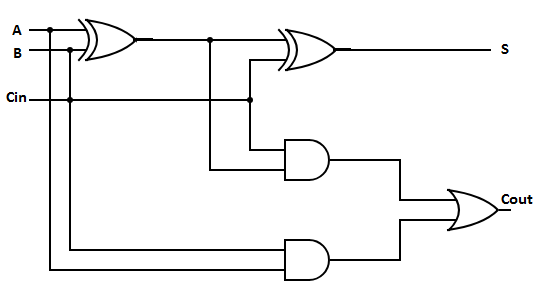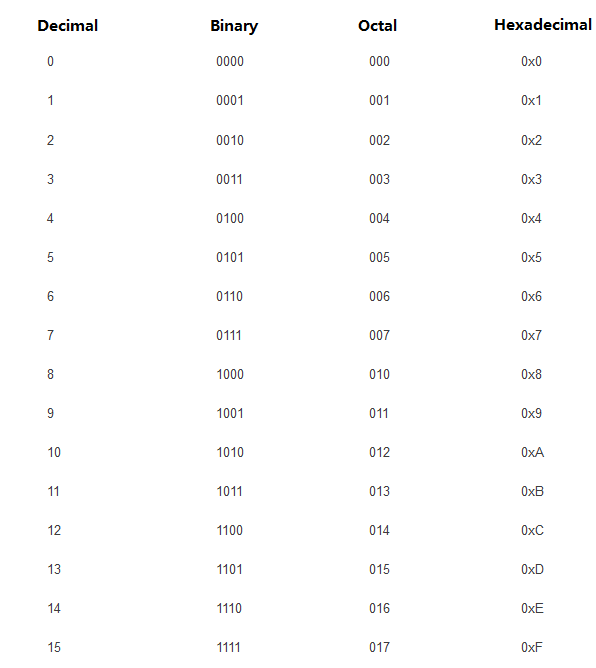This section will introduce the basics of digital circuits. Digital circuits are electronic circuits that use digital signals. In recent years, the vast majority of computers have been implemented based on digital circuits.

1. What is A Digital Circuit ?
A digital circuit is an electronic circuit that utilizes two distinct voltage levels to represent information. In a digital circuit, the power supply voltage level H (High) and the ground voltage level L (Low) represent 1 and 0, respectively, to convey information. Most digital circuits are implemented based on a type of transistor called MOSFET (Metal-Oxide-Semiconductor Field-Effect Transistor). In digital circuits, MOSFETs can be combined to implement various types of logic circuits.
2. Numerical Expression
Numeric expression is an important concept in digital circuits, used to convert digital signals into meaningful numerical values. In digital circuits, binary notation is commonly used to express numeric values. Binary is a digital system based on 0 and 1, where each digit is called a bit. For example, a 4-bit binary number can represent numbers from 0 to 15, with each bit representing the values 8, 4, 2, and 1, respectively. For instance, 1101 represents the number 13.
In digital circuits, hexadecimal notation is also often used to simplify numeric expressions. Hexadecimal is a digital system based on 0 to 15, where each digit is represented by a character from 0-9 or A-F, with A-F representing 10 to 15. For example, the hexadecimal number 3F represents the binary number 0011 1111, which is equivalent to the decimal number 63.
Apart from binary and hexadecimal, there are other notation systems such as octal and decimal. The choice of numeric expression in digital circuits, especially in advanced digital circuit design, depends on the specific situation, but binary and hexadecimal are the most commonly used.
Octal values are usually prefixed with 0 to distinguish them from decimal expressions. Hexadecimal values, on the other hand, are usually prefixed with 0x. The ‘x’ in 0x represents the letter ‘x’ in hexadecimal. Hexadecimal values can also be expressed by adding an ‘H’ at the end or using other notations.
We have specific section to explain binary and decimal.
- How to Convert Hexadecimal to Binary
- How to Convert Binary to Hexadecimal?
- How to Convert Binary to Decimal
- How to Convert Decimal to Binary?
- Conversion Between Decimal and Binary
The values of numbers in different number systems

3. The Structure of MOSFET
MOSFET stands for Metal-Oxide-Semiconductor Field-Effect Transistor, which is a common semiconductor device widely used in the field of electronics.
The structure of MOSFET includes the following parts:
- Substrate: The substrate of MOSFET is usually a silicon wafer, which is the main body of MOSFET and provides the basis for its physical and electrical characteristics.
- Gate: The gate of MOSFET is a layer of metal placed on a very thin layer of oxide. It controls the current of MOSFET by controlling the gate voltage.
- Source and drain: The source and drain of MOSFET are two different regions connected by a region called the channel. By controlling the gate voltage, the resistance of the channel can be changed, thus controlling the current between the source and drain.
- Wiring: The different regions of MOSFET are connected to external circuits by some metal leads to control the current and voltage.
These parts together form the structure of MOSFET. The working principle of MOSFET is based on the conductive properties of semiconductor materials and the control of gate electric field. The current between the source and drain is controlled by controlling the gate voltage. MOSFET is widely used in the field of electronics due to its high input impedance, low power consumption, and fast switching speed.
